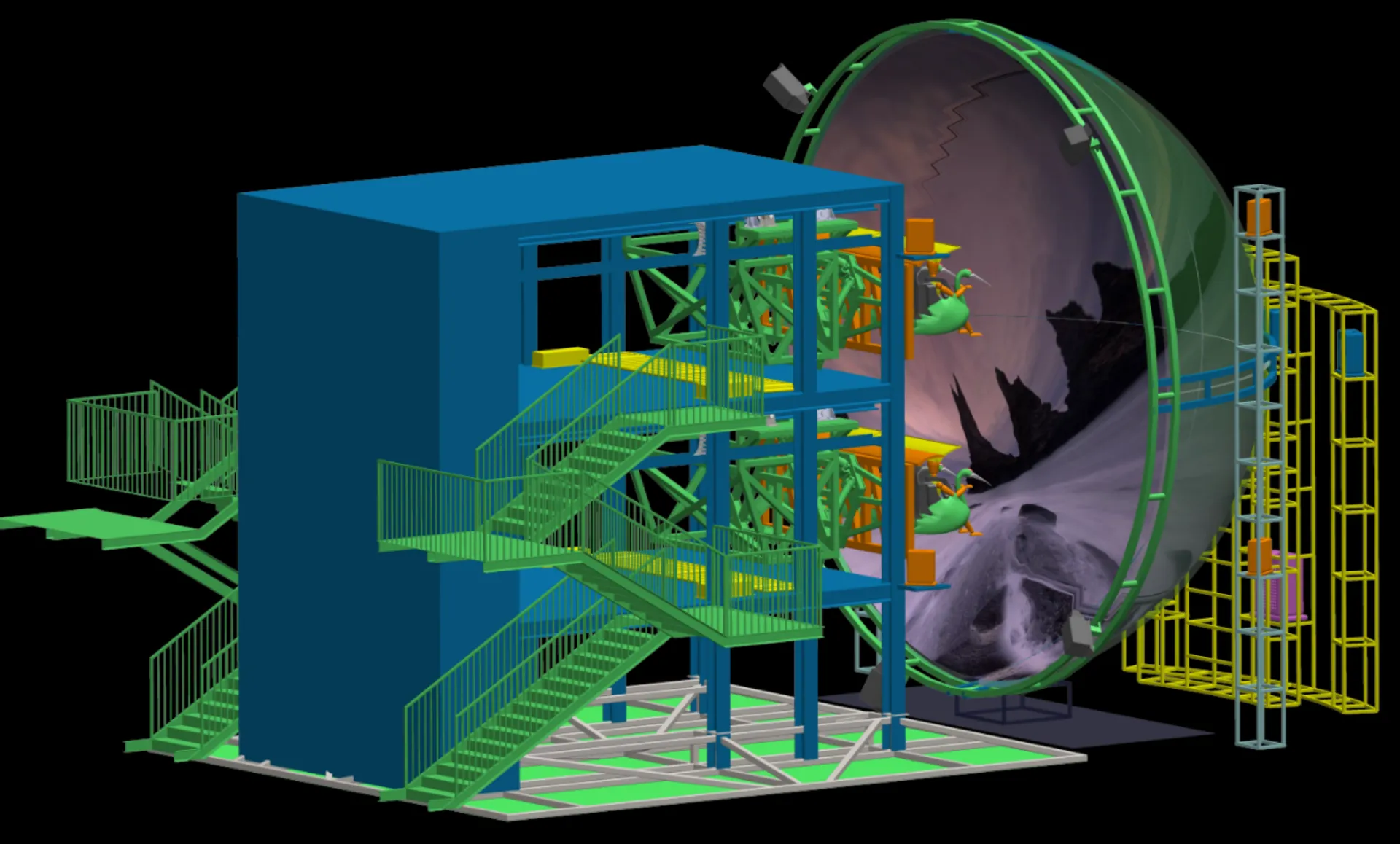- Albanian
- Arabic
- Belarusian
- Bengali
- Czech
- English
- French
- German
- Hebrew
- Hungarian
- Indonesian
- irish
- Italian
- Japanese
- kazakh
- Persian
- Russian
- Thai
- Uzbek
- Vietnamese
Feb . 16, 2025 11:09
Back to list
Baoshijie Roller Coaster
Roller coasters have long been a symbol of thrill, excitement, and unforgettable experiences in amusement parks worldwide. Understanding the different types of roller coasters can greatly enhance your appreciation for these engineering marvels and help you choose the best rides for your adrenaline-fueled adventures.
Launch Coasters Departing from the traditional chain lifts, launch coasters catapult riders forward at high speeds using magnetic, hydraulic, or pneumatic systems. This provides an immediate rush of adrenaline and allows for more unique track designs and layouts. Launch coasters are ideal for those who prefer quick accelerations and explosive thrills. Examples include Kingda Ka at Six Flags Great Adventure and Maverick at Cedar Point. Hyper and Giga Coasters These coasters are all about height and speed. Hyper coasters exceed 200 feet, while giga coasters soar over 300 feet. Their designs prioritize airtime and speed, often featuring expansive drops and airtime hills. Such rides are perfect for enthusiasts seeking sustained thrill and extensive views of their surroundings. Steel Dragon 2000 and Fury 325 are exemplary, offering impressive scales and exhilarating rides. Wild Mouse Coasters Featuring tight turns and sudden drops, wild mouse coasters provide a different kind of thrill that emphasizes the sensation of being on the edge of control. Their compact design and individual cars lead to sharp, unexpected maneuvers. Wild mouse coasters are great for those who enjoy less conventional rides, with examples like Matterhorn Bobsleds and Primeval Whirl setting the standard for this type. Dive Coasters Favored for their heart-stopping vertical drops, dive coasters momentarily halt at the apex before plunging riders downwards at steep angles. Their wide trains often provide panoramic views, adding to the ride experience. Dive coasters are thrilling for their dramatic pauses and descents, as seen in rides like Valravn at Cedar Point. Exploring these varied roller coaster designs underscores the innovation and creativity involved in creating such attractions. Each type offers distinct thrills and experiences, catering to a wide range of preferences and adrenaline appetites. Understanding these differences not only enhances the experience but also showcases the expertise and authority involved in the engineering and design of these incredible rides, establishing trust with riders and reinforcing the enduring allure of roller coasters.


Launch Coasters Departing from the traditional chain lifts, launch coasters catapult riders forward at high speeds using magnetic, hydraulic, or pneumatic systems. This provides an immediate rush of adrenaline and allows for more unique track designs and layouts. Launch coasters are ideal for those who prefer quick accelerations and explosive thrills. Examples include Kingda Ka at Six Flags Great Adventure and Maverick at Cedar Point. Hyper and Giga Coasters These coasters are all about height and speed. Hyper coasters exceed 200 feet, while giga coasters soar over 300 feet. Their designs prioritize airtime and speed, often featuring expansive drops and airtime hills. Such rides are perfect for enthusiasts seeking sustained thrill and extensive views of their surroundings. Steel Dragon 2000 and Fury 325 are exemplary, offering impressive scales and exhilarating rides. Wild Mouse Coasters Featuring tight turns and sudden drops, wild mouse coasters provide a different kind of thrill that emphasizes the sensation of being on the edge of control. Their compact design and individual cars lead to sharp, unexpected maneuvers. Wild mouse coasters are great for those who enjoy less conventional rides, with examples like Matterhorn Bobsleds and Primeval Whirl setting the standard for this type. Dive Coasters Favored for their heart-stopping vertical drops, dive coasters momentarily halt at the apex before plunging riders downwards at steep angles. Their wide trains often provide panoramic views, adding to the ride experience. Dive coasters are thrilling for their dramatic pauses and descents, as seen in rides like Valravn at Cedar Point. Exploring these varied roller coaster designs underscores the innovation and creativity involved in creating such attractions. Each type offers distinct thrills and experiences, catering to a wide range of preferences and adrenaline appetites. Understanding these differences not only enhances the experience but also showcases the expertise and authority involved in the engineering and design of these incredible rides, establishing trust with riders and reinforcing the enduring allure of roller coasters.
Next:
Latest news
-
Flume Ride-Hebei Zhipao Amusement Equipment Manufacturing Co., Ltd.|Thrilling Water Attraction&Customizable DesignJul.30,2025
-
Flume Ride - Hebei Zhipao Amusement Equipment | Water Coaster, Thrilling DescentJul.30,2025
-
Flume Ride - Hebei Zhipao | Thrilling Water AttractionJul.30,2025
-
Flume Ride: Thrilling Water Attraction by Hebei Zhipao|Log Flume Manufacturers&Flume Ride DesignJul.30,2025
-
Flume Ride-Hebei Zhipao Amusement Equipment Manufacturing Co., Ltd.|Thrilling Water Coaster, Safe DesignJul.30,2025
-
Flume Ride-Hebei Zhipao Amusement Equipment Manufacturing Co., Ltd.|Thrilling Water Attraction, Safe DesignJul.30,2025
